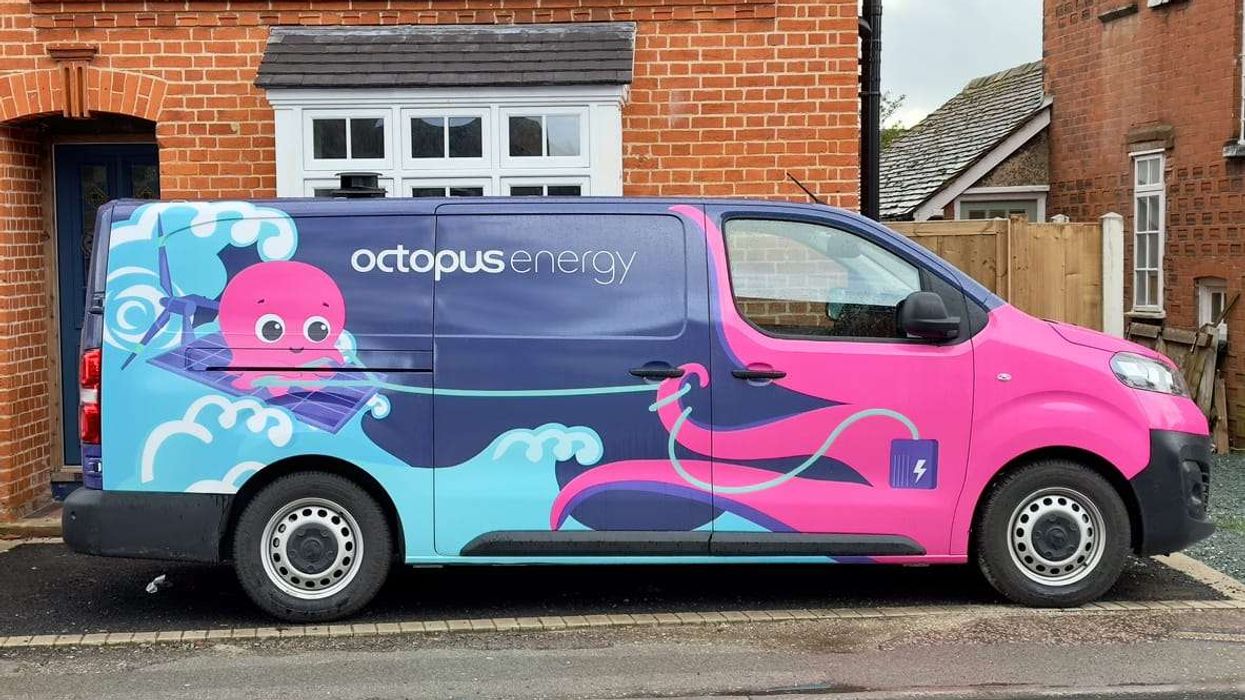A FABULOUS forty-year career in fashion has seen Neeta Lulla embark on a fantastic journey filled with many magnificent moments.
The legendary designer has mixed couture creations and beautiful bridal outfits with award-winning work in hundreds of high-profile movies and dressing A-list celebrities. She has also become a strong symbol of girl power and raised the bar for other designers every step of the way.
Eastern Eye caught up with the icon of fashion to discuss her amazing journey, including her award-winning work on hit films such as Devdas and Jodhaa Akbar.
She also revealed her top style tips, inspirations, experiences of working with A-list stars, and how the late actress Sridevi persuaded her to collect a prestigious award.
How do you reflect on your amazing journey in fashion?
I look at my journey as a space that I’ve come to so far. A space where I have to unlearn and learn everything again because this journey has been fabulous.
There have been so many inspiring adventures that to be able to relearn and recreate from my own experiences would be another brilliant journey to tread on.
Is that how you’ve been able to maintain a high standard over such a long time?
Absolutely. When you are working with so much creativity around you, you always need to be a seeker, because that is where the true aspirations and contentment of the work lie.I honestly believe that to be able to keep your mind open to everything that is evolving around you in your journey and work, is very essential.
Is it possible to choose the most memorable moment from your remarkable journey?
It is very difficult, because there have been so many variants of learning, experiencing and evolving. So, to be able to pinpoint anything would not be fair to the entire journey.
You have created costumes for all the biggest stars of the modern era, but who did you enjoy working with the most?
I’ve worked with at least 90 of the leading actors in the industry, and for me to pinpoint one person would be so difficult, because everybody comes with their own style statement and personal preferences to theway they dress, their stances and structure. They have their own persona. So one has to create and build that camaraderie and trust. After having done that, to kind of judge who is better is difficult because you’re not working on a uniform space, where the creativity is restricted to just one aspect.
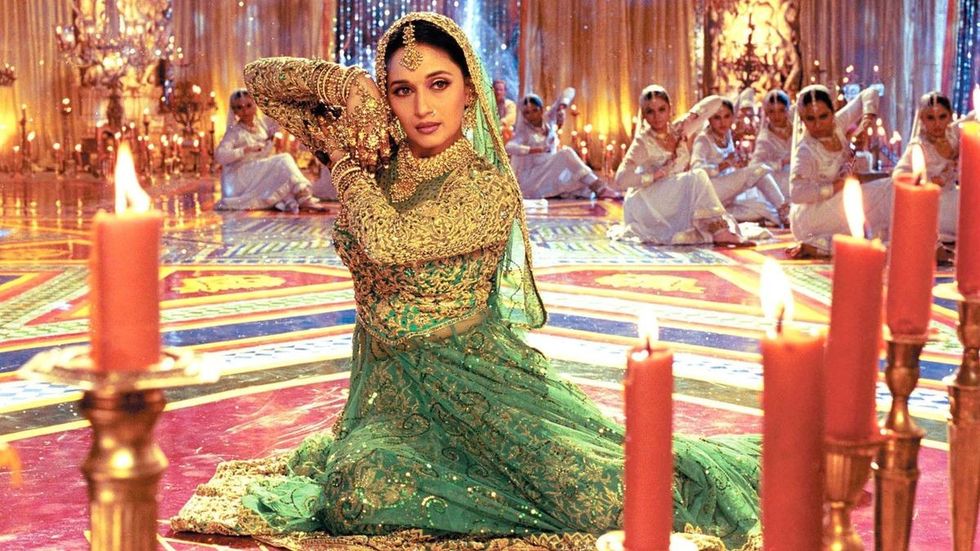
A huge global impact you made was for the stunning costumes for Devdas and winning a National Award in India. What was it like working on the lavish film?
That was a wonderful journey and a learning I will never forget. It was the first project of its kind in Indian cinema where a designer had assistants on board, because of the magnanimity of the film. It wasn’t humanly possible to handle all those actors single-handedly.
Then, there was the entire script process where we went to Pune, and I saw all the three Devdas films made previously; then going to Kolkata, meeting people and understanding the culture, including nuances, how they spoke and drank tea etc.
Tell us more about the large scale of Devdas.
Director Sanjay Leela Bhansali wanted a very larger than life aspect to it. So, rather than using five to six metres in a sari, we were using 12 metres to 15 metres in a particular drape.
To be able to recreate that entire thing with the magnanimity, to be able to make one outfit out of three saris and then to embroider them was grandiose to the hilt. That was a wonderful journey.
You won your first National Award for Lamhe. Is it true the late actress Sridevi had persuaded you to collect it because you didn’t realise its value?
Absolutely. I was working on her live show, which was huge and about to embark on a world tour.
I was very busy getting her clothes ready for that show, when it was announced that I got the National Award for Lamhe. I told my husband, ‘I don’t know what this is, but can you collect it on my behalf.’ He said, ‘do you realise that the president of India is going to give you the award?’ Apart from the show, I was doing a lot of things for Sridevi like clothes for films and photoshoots. My husband came to pick me up and mentioned it to her.
What happened after that?
He said ‘she’s not going for the National Award.’ That’s when Sridevi sat me down and told me the importance of the National Award. She said, ‘do you realise what it is?’ I actually reached two hours before the award ceremony. When I went on stage, I was a nervous wreck and shaking all over. I realised the magnitude of the award and seriousness of the entire thing.
I’ve liked the work you’ve done with Hrithik Roshan, including the National Award winning work on the film Jodhaa Akbar. What’s he like to work with?
He knows his clothes and what looks good on him. He knows his cuts really well and has a perfection for detail. If there is a difference in even a quarter inch from one side of his garment to the other, he will definitely know it. That’s how precise and detailed he is.
But he’s always open to suggestions and has a trust factor with me that he knows that I will deliver on what I say. I remember there was this issue we resolved with his pagdi (turban) before Jodhaa Akbar filming was going to take place.
Tell us about that.
We had almost 21 pagdi makers from all over India trying to get it right. It was not a very big thing. A certain technique was not just sitting right for him because every time you put it on his head the pagdi would shake and kind of do its own acting.
He sat through my trial and error of putting on that pagdi, which I finally got right. He gave this standing instruction that nobody’s going to touch that pagdi and put it on his head except for Neeta. We kept changing fabrics on it to get a different look in every visual scene.
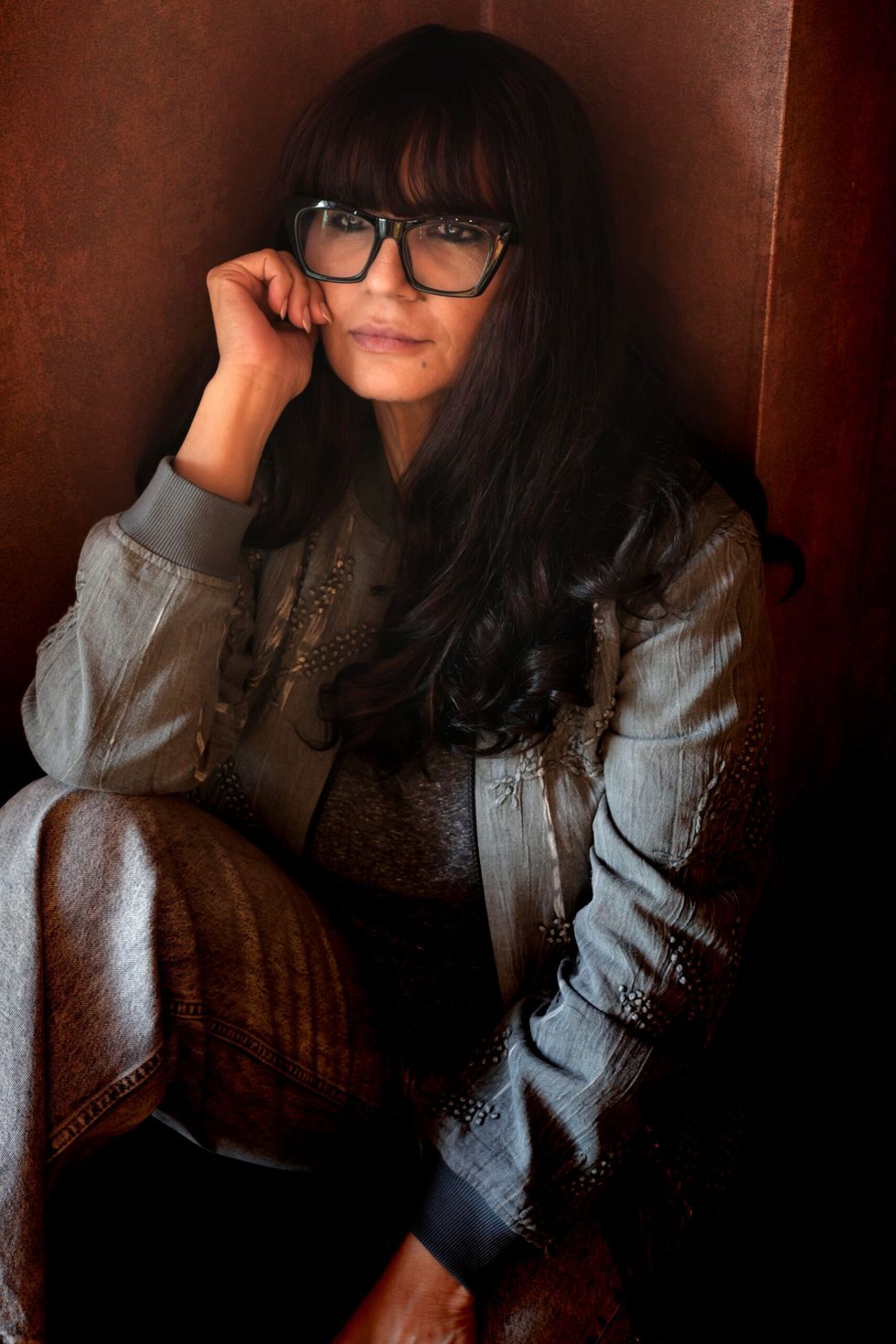
Whether it has been your film work or standalone collections, you have always raised the bar for others. How conscious have you been of that?
I don’t believe in raising the bar for anybody except myself. Honestly, creating and the journey itself is so enjoyable, that in the process, I kind of lose focus of the fact that here is something that I need to do for a particular aspect of raising the bar, or having to get an award. It’s just the process that keeps me motivated and inspired.
How do you feel about an entire generation following in your footsteps and inspired by you?
I feel very humbled. If I am able to even make a difference to one or two people in my journey, I think it is a blessing.
How does it feel that the Indian fashion industry and designers are globally known today because of pioneers like you?
I think India is coming of age because there are so many variations of creativity, and the creative talents that are coming out of the country; be it skills in filmmaking, fashion, technical aspects, weaves and crafts. That coming of age is looking larger than life for everybody globally. I also feel the kind of work Indian designers are putting through is focused on quality and that calibre comes up when showcased on a global platform. There are so many designers who are working on Hollywood films and showcasing their collections in international fashion weeks, which is commendable and long overdue.
What top style tip would you give?
What’s most important is to create your own style statement, which is not very difficult in today’s times, considering the digital mediums, various influencers, and kind of fashion platforms you have.
Create style statement from the fashion trends you like through trial and error. It’s the best way to create your own style statement.
Tell us more about that.
Once you try something and feel comfortable, that is the key to your style. When you do that, there is a particular aspect of confidence, because of the kind of clothes that you’re comfortable with. You start feeling and looking good when that confidence is achieved.
That aspect of a style statement needs to exude from any kind of trend; it can be old or new. Any trend you connect with.

You have become a strong role model and a symbol of girl power. What advice would you give those wanting to follow in your giant footsteps?
The journey is long, but it’s not tough. You need to have a solid background, a foundation of your education and know your craft well to be able to emulate your creativity into the form you want to.
It’s very important to know yourself and to create that niche. Once you’ve created that, stay focused, be committed and dedicated to achieving your vision goal.
What inspires you today?
Everything about my work inspires me. Even today I need to work at least 16 to 18 hours a day.
That is what it is. I think my work is an absolute high. Whether it is teaching students, costumes for films, couture or bridals, it just kind of inspires me and I don’t see myself doing anything else to my last day.
You’ve achieved so much, but do you have any unfulfilled ambitions?
I’ve finished a 40-year journey, and look back at so much of work that I’ve done, that it inspires me even more. So let’s just say cheers to another 40 more years.
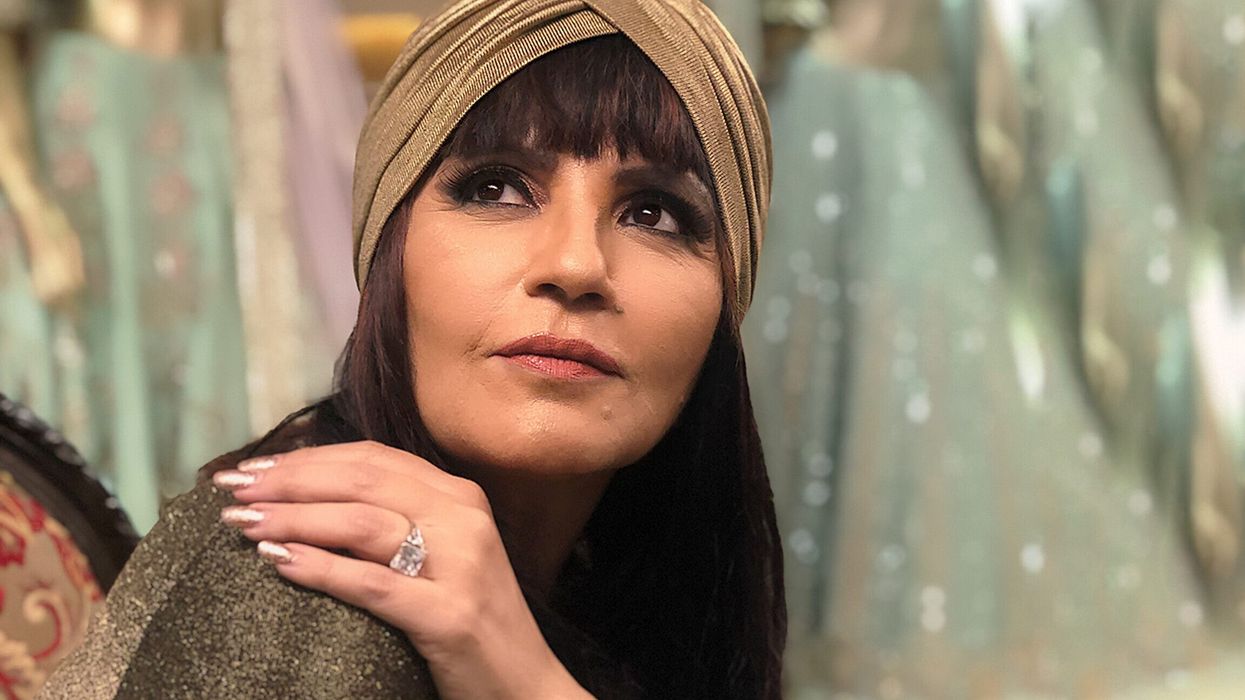




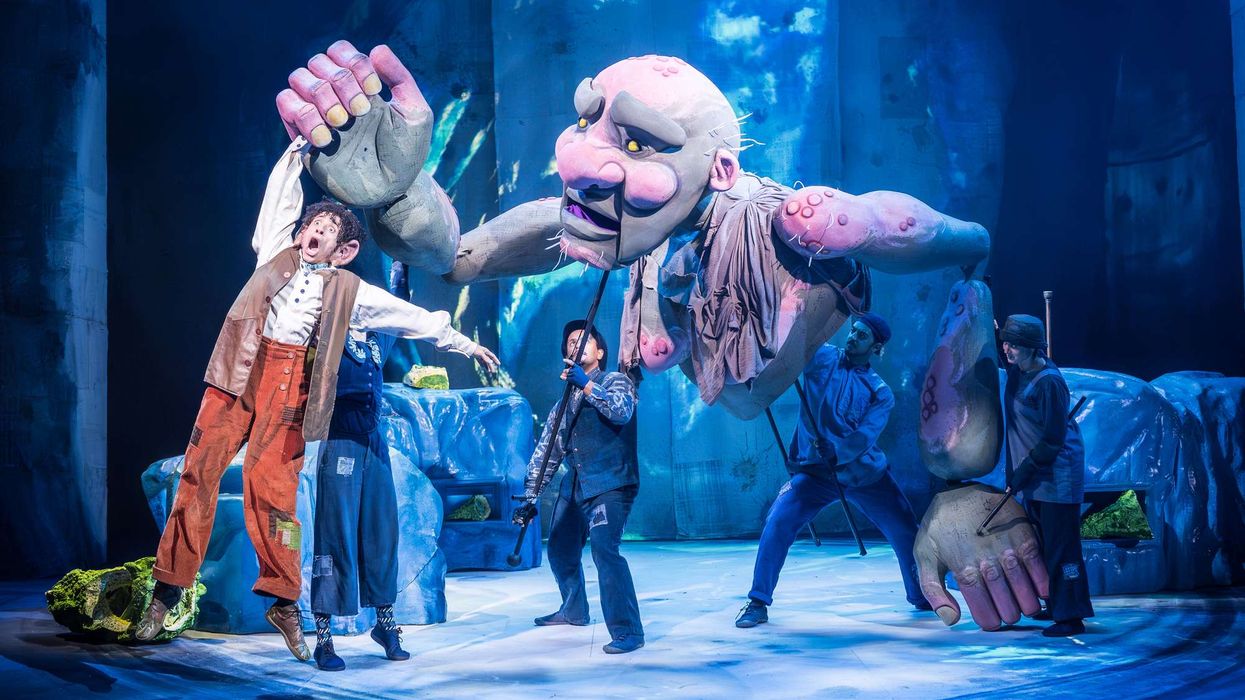
 The BFG - production images Royal Shakespeare Company/(c) Marc Brenner
The BFG - production images Royal Shakespeare Company/(c) Marc Brenner 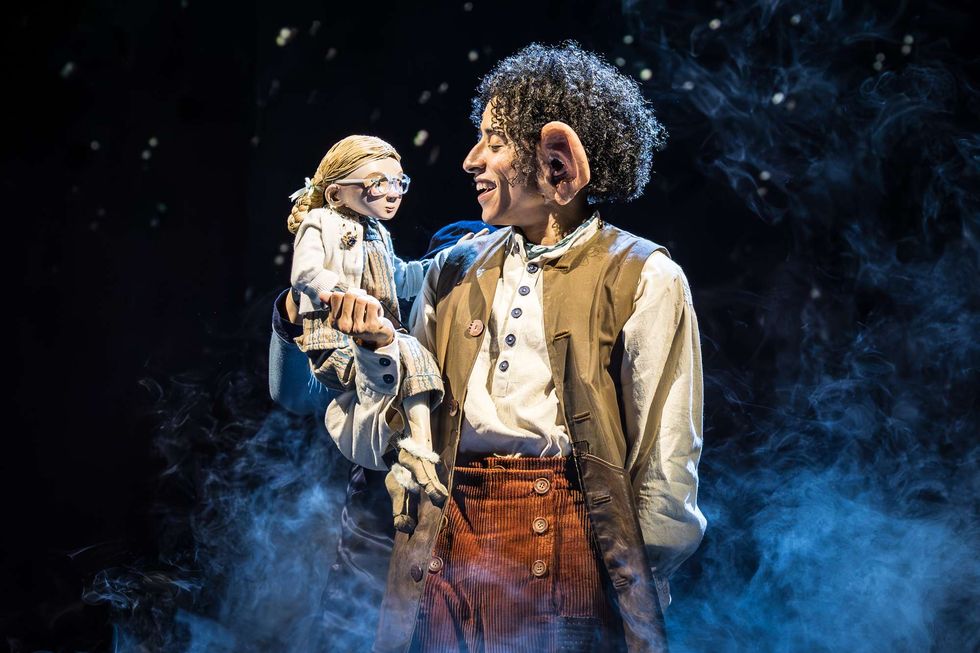 BFG production images, directed by Daniel Evans. Royal Shakespeare Theatre, taken in November 2025.Royal Shakespeare Company/(c) Marc Brenner
BFG production images, directed by Daniel Evans. Royal Shakespeare Theatre, taken in November 2025.Royal Shakespeare Company/(c) Marc Brenner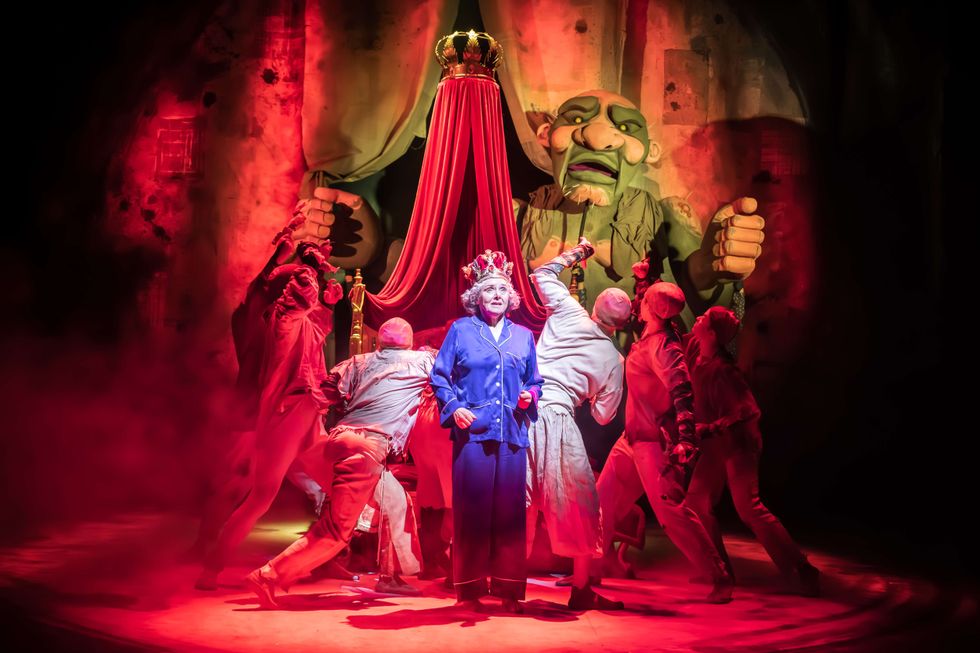 BFG production images, directed by Daniel Evans. Royal Shakespeare Theatre, taken in November 2025.Royal Shakespeare Company/(c) Marc Brenner
BFG production images, directed by Daniel Evans. Royal Shakespeare Theatre, taken in November 2025.Royal Shakespeare Company/(c) Marc Brenner





